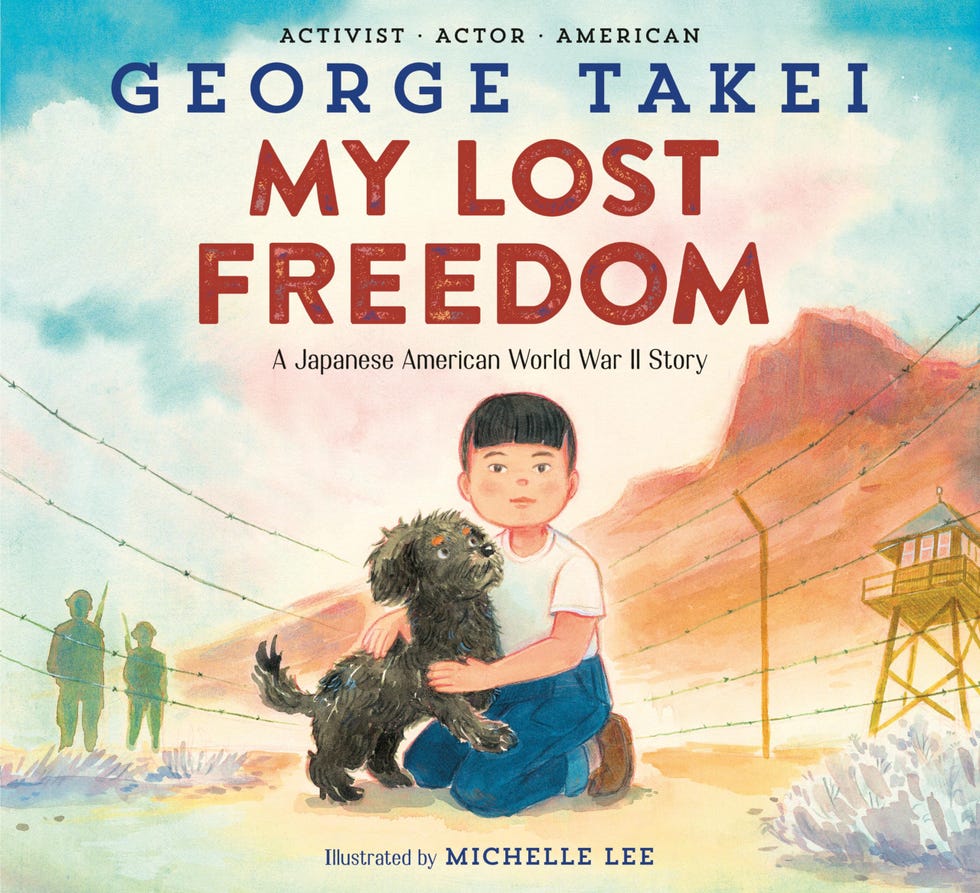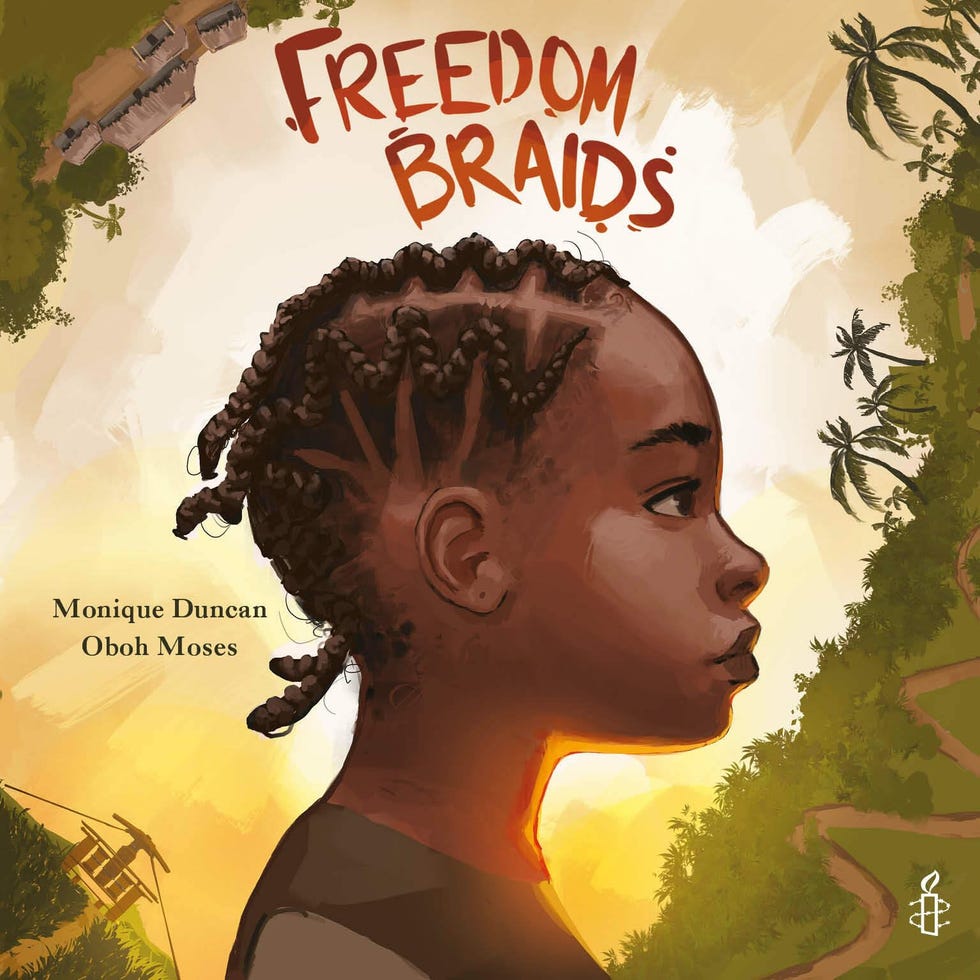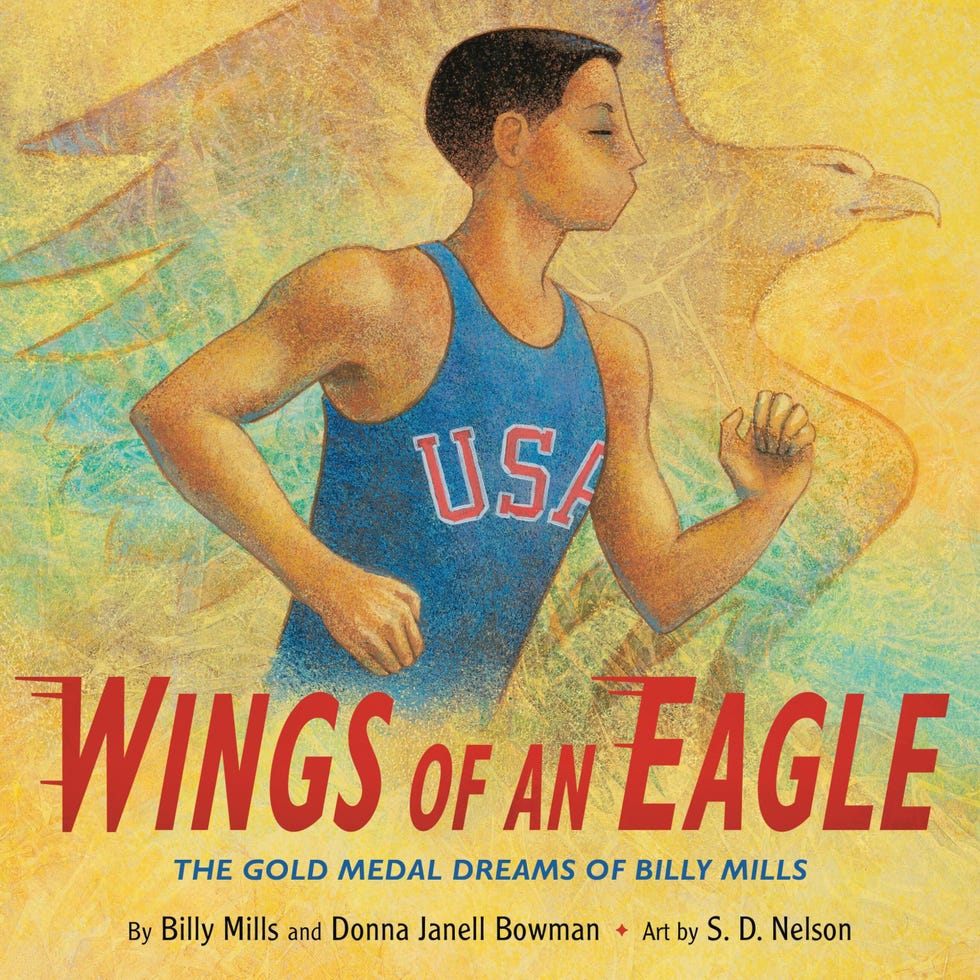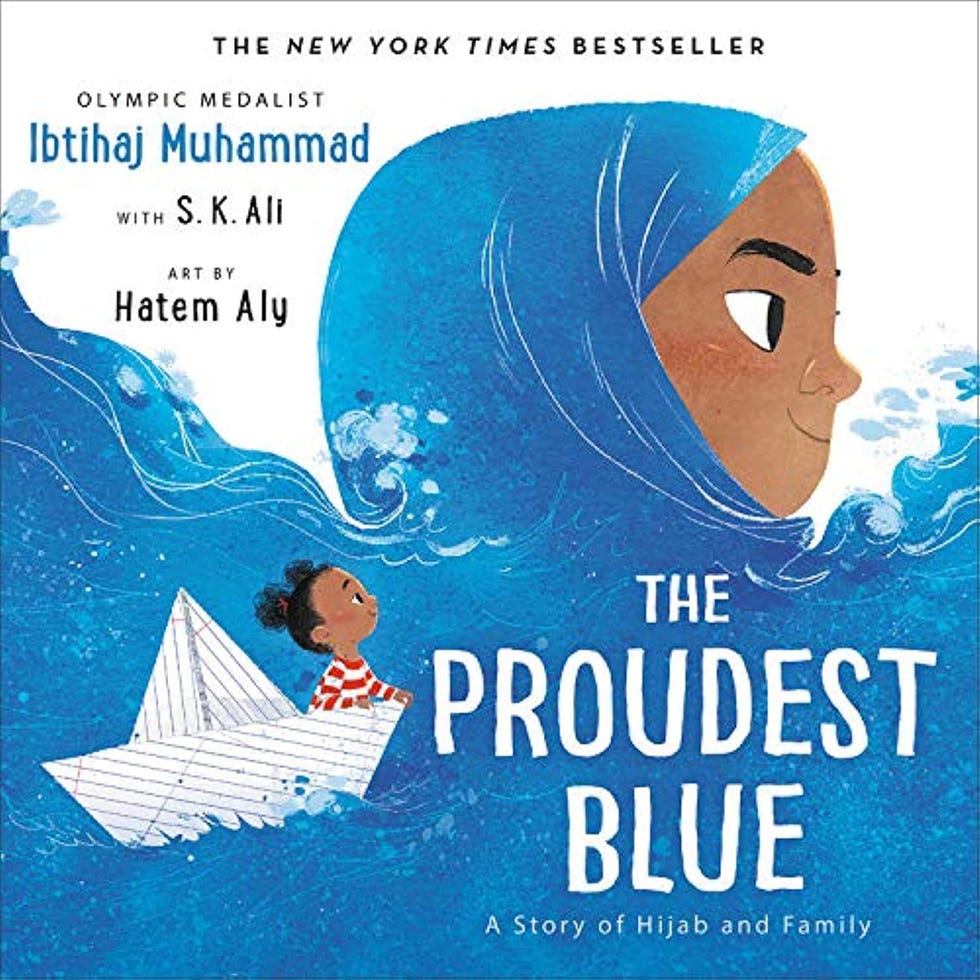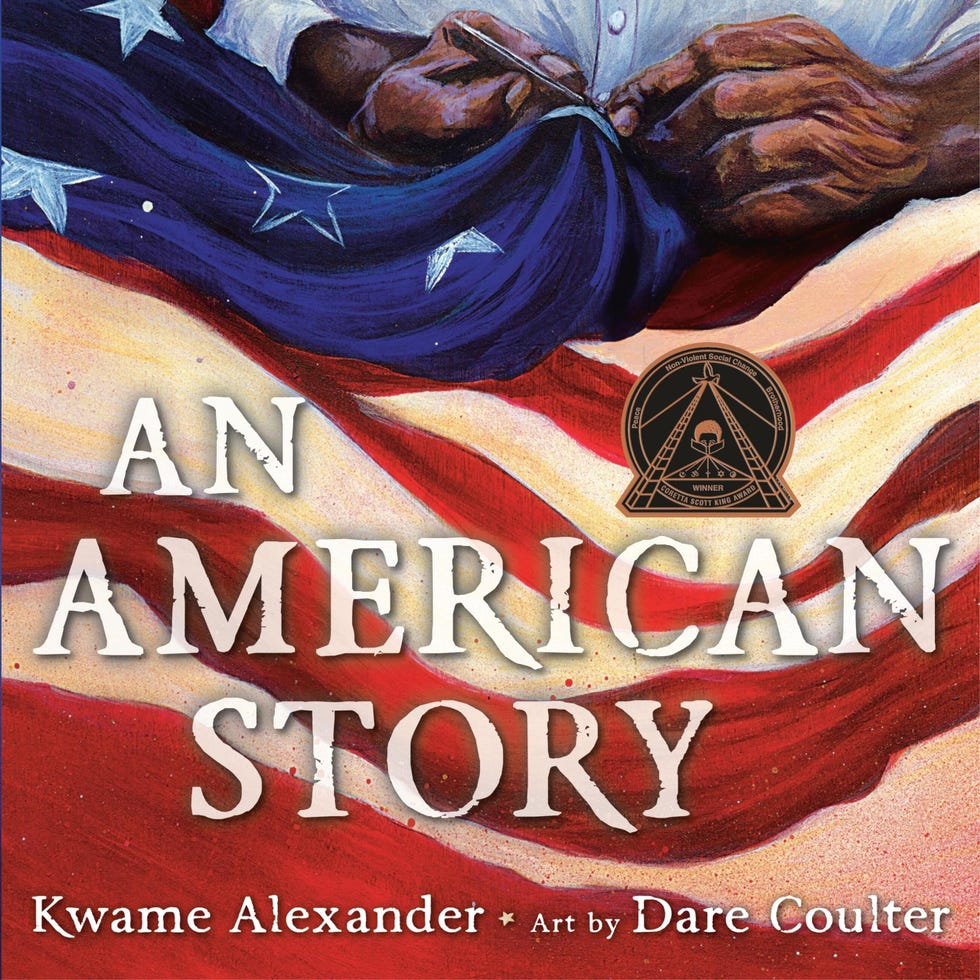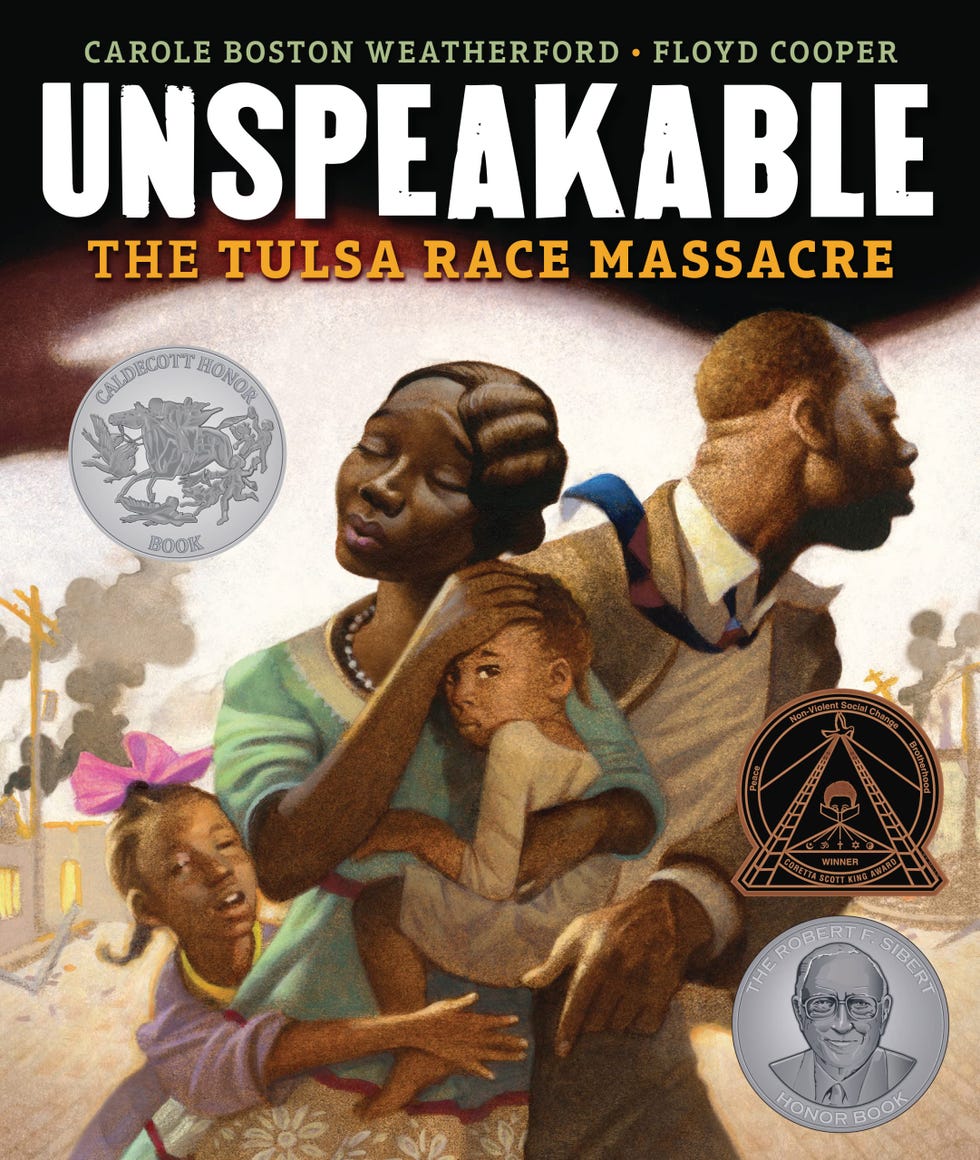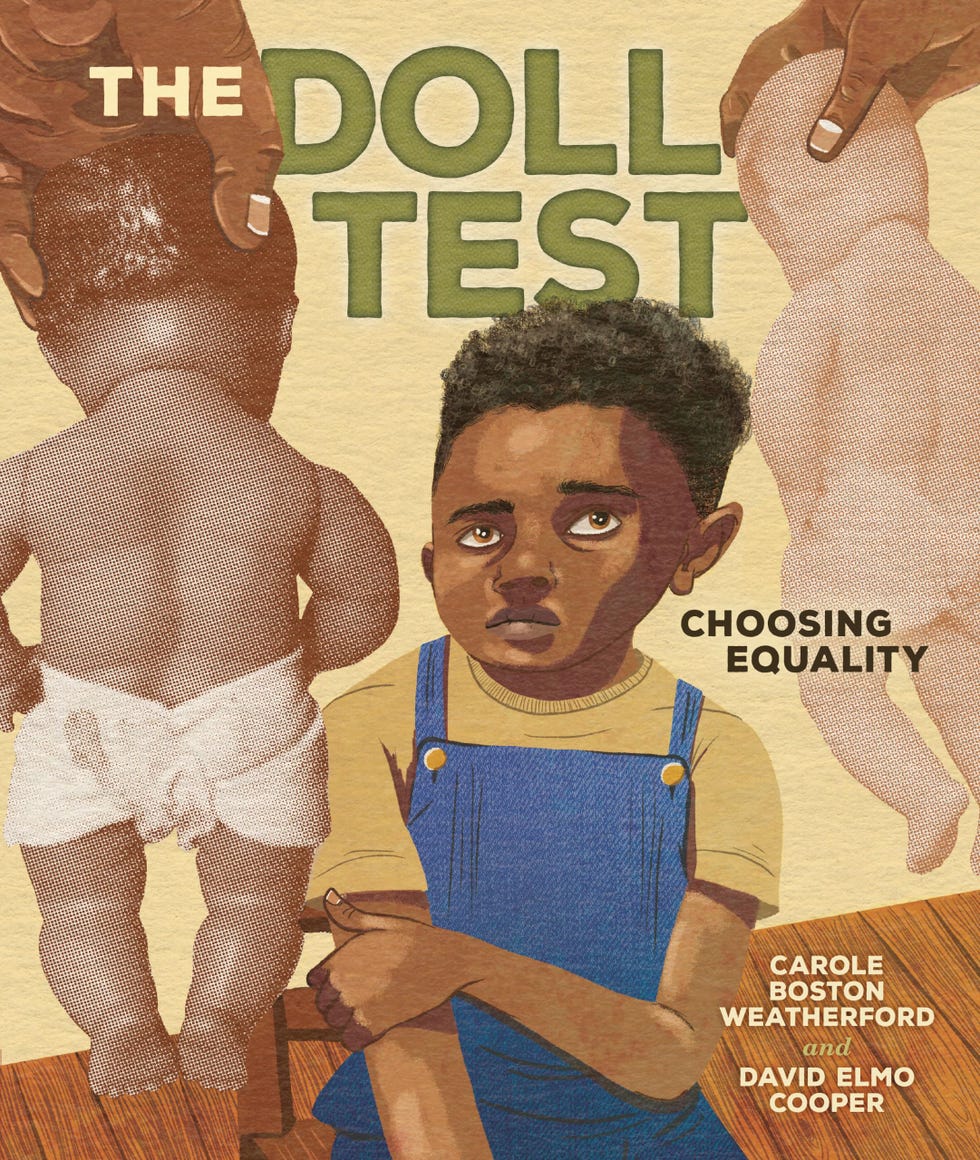Discussing race and racism with children can be a daunting task, especially considering the brutal and painful history of racism in America. As parents, it’s natural to wonder where to begin, what language to use, and how to share this complex history with young, innocent minds. While working on The Doll Test: Choosing Equality, an illustrated book-length poem that explores the groundbreaking work of Black psychologists Kenneth and Mamie Clark, I delved into numerous books about race. Many of these texts feature strong characters who exemplify resistance and resilience in their experiences, offering valuable lessons for our children. By sharing these stories, we can initiate meaningful conversations that foster understanding and empathy. Here are a few of my favorites.
Call Me Roberto!, by Nathalie Alonso, Illustrated by Rudy Gutierrez
Roberto Clemente, the legendary baseball player, comes to life in this beautifully illustrated biography, perfect for children aged seven to 10. The author recounts his humble beginnings in Carolina, Puerto Rico, where he played “béisbol” with a tin can for a ball and a tree branch for a bat. His extraordinary talent caught the eye of a major league scout, leading him north to achieve fame as a “pelotero.” However, as a Black Puerto Rican who spoke Spanish, Clemente faced significant challenges in gaining acceptance throughout his career. The story highlights how Clemente confronted adversity with grace, always remaining true to himself. While the press called him “Bob” to make him seem more American, he proudly insisted on being called Roberto. Through his struggles, young readers will learn about resilience in the face of adversity and the importance of embracing their culture and heritage, empowering them to shine and find their unique place in the world.
My Lost Freedom, by George Takei, Illustrated by Michelle Lee
In this picture book, George Takei reflects on a lesser-known chapter of American history: the World War II incarceration of around 125,000 American citizens and residents of Japanese descent in camps across the Western United States. Takei shares his family’s journey through internment camps where they lived for several years. He emphasizes those detained were just as American as anyone else, highlighting the injustice behind the executive order that called for their detention. In one particularly evocative moment, Takei recalls starting kindergarten in the camp, reciting the Pledge of Allegiance while staring at barbed wire and an armed guard outside the classroom window. But in addition to capturing the brutality of life in the camps, the author also honors the resiliency of those within them. He recounts his own mother, who defied regulations by secretly bringing a sewing machine to make clothes for her family, and incarcerated activists, who protested by shouting “was-shoi,” (harmony and peace), asserting their American rights. This inspiring story for children ages six to nine highlights the injustices faced by a group of people due to their race and culture throughout our nation’s complex history.
Freedom Braids, by Monique Duncan, Illustrated by Oboh Moses
This fictional story for ages five to nine, told from the perspective of an imagined character named Nemy is inspired by the true story of enslaved African women in Colombia who braided maps to freedom in hair. Nemy worked daily in a land of flat hills. At night, Big Mother smoothed her tangles, as she lost herself in a distant memory of natural herbs rubbed into her scalp by her Nana. Nemy and other enslaved women helped braid patterns and messages into hair to communicate in secret. Tightly woven braids symbolized safe paths, while thicker ones indicated nearby threats. This narrative represents a possible experience of enslaved women during the Transatlantic Slave Trade era (c. 1526 to 1867), in Colombia, South America. Duncan’s words and Moses’s illustrations work together in a deeply original harmony, as in a two-page spread that captures the zigzagging rainforest traveled by enslaved people that matches the pattern braided into the back of Nemy’s hair perfectly. In Colombia, escaped slaves ran away to thickly forested mountains where they built walled villages called “palenques” and created free communities. This book offers a fascinating glimpse into a real-life secret code that guided many toward freedom during this dark chapter in history.
Wings of an Eagle, by Billy Mills and Donna Janell Bowman, Illustrated by S.D. Nelson
This biography for children ages four through eight tells the story of Billy Mills, a proud Oglala Lakota native who grew up on the Pine Ridge Reservation in South Dakota and won gold on the 1964 Olympic track. Before his father was called to their “ancestors,” (deceased relatives and tribe from past generations,) he told a young Billy that “the pursuit of a dream will heal you.” He learns that he finds strength when he moves, ultimately leading him to running, where he feels connected to himself and to his ancestor’s footsteps. As a young teenager, he dreams of becoming an Olympic athlete. But the road for Billy isn’t easy. A life filled with challenges like severe health problems, poverty, and racism, nearly clipped his wings, but carrying the hopes of the Oglala Lakota people, he eventually soared to the finish line. Illustrator S.D. Nelson creates ethereal connections between Billy’s ancestral past and future with petroglyph-like formations of traditional Native American representations of birds, to build emotional depth within his compositions. This book shows the importance of culture and family history and the power that can be drawn from them to reach our dreams.
The Proudest Blue, by Ibtihaj Muhammad with S.K. Ali, Illustrated by Hatem Aly
Olympic medalist and social justice activist Ibtihaj Muhammad joins forces with Canadian author S.K. Ali on this heartwarming story about a Muslim sixth grader’s first day wearing a hijab at school. This touching narrative captures the pride that younger sister Faizah feels for her older sister Asiya during this significant coming-of-age moment, which generally coincides with the onset of puberty. While some children struggle to understand and tease Asiya about her hijab, Faizah internally counters their wounding remarks, drawing strength from her mother’s wise advice “Don’t carry around the hurtful words that others say. Drop them. They are not yours to keep. They belong only to those who said them.” This powerful message is beautifully brought to life through Hatem Aly’s lyrical and symbolic illustrations, enriching the story’s themes of pride and resilience. In her author’s note, Muhammad states that she wrote this book so that children who look like her, could see themselves in a picture book, and could know that the things that make us appear “different” are worth celebrating.
An American Story, by Kwame Alexander, Illustrated by Dare Coulter
This picture book for ages four to eight begins with a poignant question: “How do you tell a story that starts in Africa and ends in horror?” The book explores life in Africa before its people were kidnapped and shipped to America by way of the horrific “Middle Passage”, where many chose death over bondage, jumping into shark-infested waters. In his author’s note, Alexander reveals that he was compelled to write this book, as a teaching tool, after a incident at his daughter’s school, where a teacher struggled to address the topic of slavery. Dare Coulter employs a blend of beautifully rendered sculptures and paintings to depict scenes from the past while using a more graphic style to illustrate contemporary classroom moments, where children ask their teacher questions about slavery, such as, “How do you tell that story and not weep for the world?” This book confronts the brutal truths of slavery while honoring the pride, strength, and love of those who endured it.
Unspeakable, by Carole Boston Weatherford, Illustrated by Floyd Cooper
This book for children ages six to 12 highlights the vibrant Tulsa, Oklahoma African American community of Greenwood, known as “Black Wall Street,” which was home to some two hundred Black-owned businesses, including bus lines, a hotel, theaters, newspapers, and even a hospital. Tensions escalated when a Black teenager was accused of assault, prompting white-owned newspapers to incite action while the Black community rallied for protection. A White mob of nearly 2,000, many deputized by police, descended upon the town, leaving it in ruins. This tragic chapter in American history is vividly depicted through Floyd Cooper’s naturalistic illustrations, which immerse readers into 1921. The book concludes at Tulsa’s Reconciliation Park, where the victims are honored. Confronting these challenging subjects is crucial; by understanding events like this massacre, we can foster awareness and promote meaningful discussions about race, equity, and justice.
David Elmo Cooper, hailing from Brooklyn, New York, discovered his love of art, specifically comic books and graffiti, at a young age. He is the illustrator of The Doll Test: Choosing Equality,which was published by Carolrhoda Books on November 5th, 2024.
This post was originally published on here


